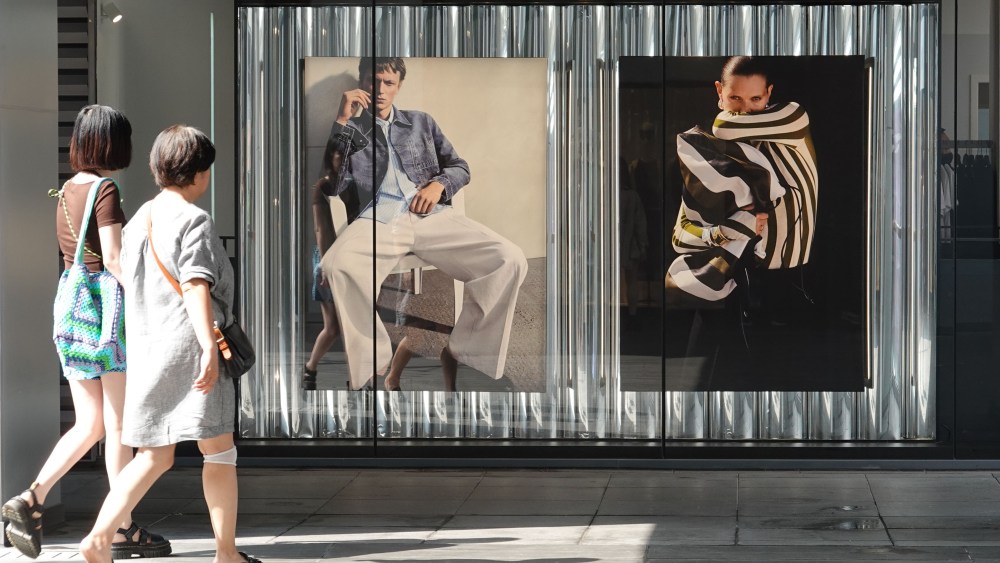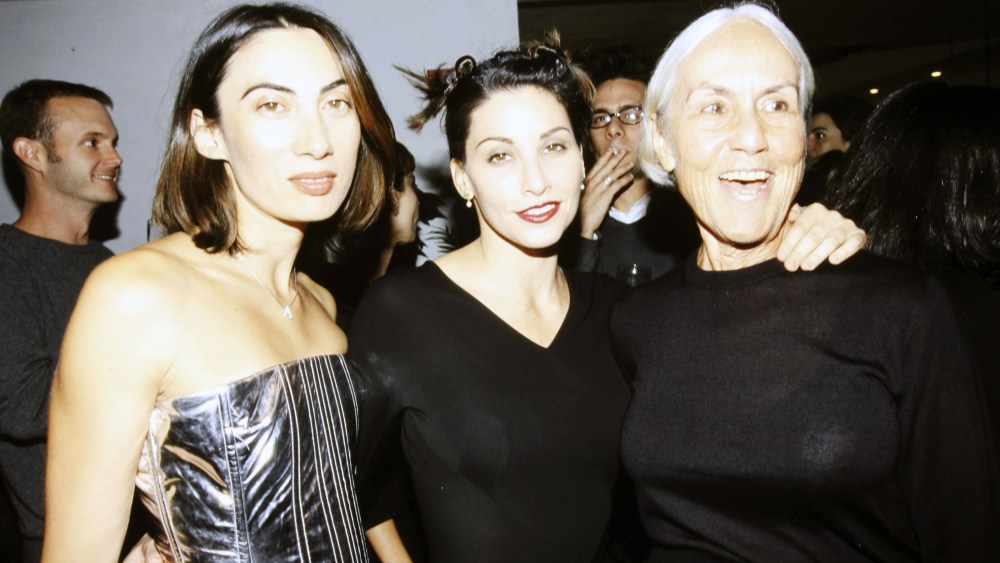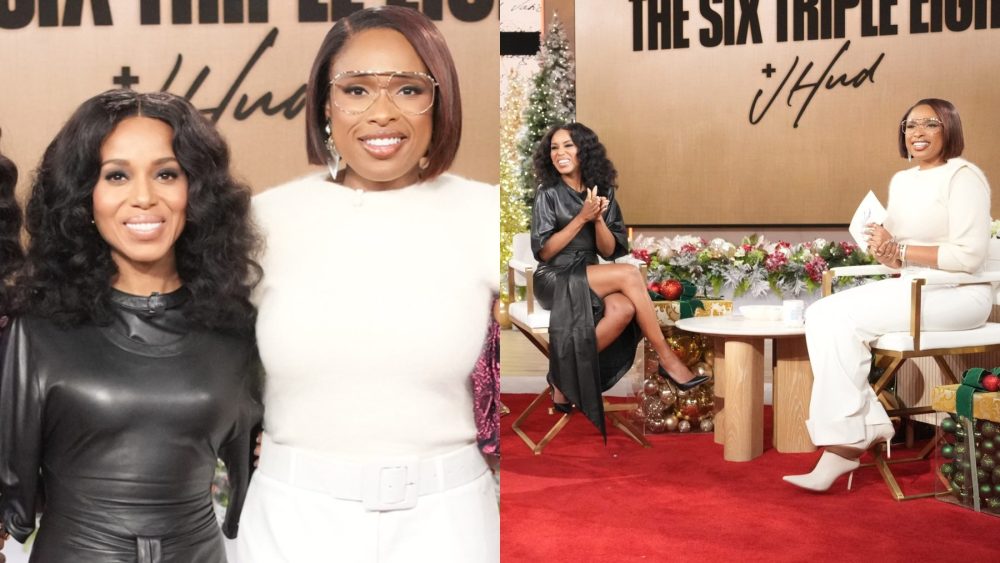According to a recent report from Barclays, weak summer sales results and feedback from luxury brands, landlords, retailers and investors point to a cautious outlook ahead for the Chinese market.
“The macro environment deteriorated further in the summer and there is now a clear view that the Chinese weakness is structural and not just cyclical,” Barclays said in the report, which said luxury sales for most brands were down by 10 to 50 percent in July and August.
“Overall, we now expect the luxury goods sector to grow by circa 4 versus 7 percent before in 2025 as we turn more prudent,” according to the report.
“Many of the growth drivers that led Chinese individuals to enter the luxury market, including the finance and property boom, and high gross domestic product growth, are now under pressure and the transformation of China‘s economy may be less of a boost to luxury demand. The luxury pie is now barely growing, so growth could be weaker for longer,” the report continued.
You May Also Like
As stark market polarization will likely continue throughout the third quarter and beyond, Barclays’ revised estimates expect “flattish growth in 2025” — driven by offshore spending — as a “best case scenario” in mainland China.
“We think the Chinese cohort could remain around midsingle-digit positive thanks to the ongoing recovery from travel. We see a less fundamental issue with the American cohort and expect a return to high single-digit growth,” added Barclays.
“VIPs are not immune,” Barclays quoted a high-end European luxury brand representative as saying.
As China continues to crack down on the financial sector, which includes drastic pay cuts and a cap on annual salary, many well-to-do luxury shoppers have suddenly turned into stingy customers. “Although VIP consumers remain relatively resilient, they are not immune to the slowdown and some of them have also been feeling more pressure,” noted the report.
“When it comes to the timing of a recovery, we heard expectations that things could potentially get better by circa 2027, when Chinese luxury growth could return to high-single-digit,” the report said.
As stark brand polarization continues in the market, Barclays cautioned about further deceleration at the Kering brands, in particular Gucci and Burberry.
“We heard that trends further decelerated for Gucci in the third quarter [in China]. We thus lower our third-quarter organic growth to minus 23 percent for Gucci, versus minus 19 percent before,” wrote Barclays. “Our trip to China clearly highlighted that Burberry is putting its luxury brand positioning at risk through promotions and high outlet exposure, which could have a long-lasting impact on its brand equity.
“We also cut our expectations for LVMH and now expect the core fashion and leather goods division to report a flat third quarter versus a 5 percent increase previously,” said the report.
As a bearish market looms large, Barclays expects brands to shift to consolidation mode.
“Brands are becoming more prudent around their investments in China. Some luxury brands have been participating in shopping mall promotions in cities like Hangzhou or Wuhan recently,” wrote Barclays.
“We heard that the budget of luxury brands for marketing events has decreased and that spending has been more precisely targeted at relatively resilient VIP consumers, or limited to mainland China instead of HK and Taiwan, for instance,” the report continued.
“When it comes to capital expenditure, the trend of delaying store openings and reducing capex overall is still clear in China,” wrote Barclays.
Most recently, Tiffany & Co. decided to downsize its Shanghai flagship by half. Louis Vuitton and Gucci will soon shutter their stores at Shenyang Charter shopping mall in northeastern China.



